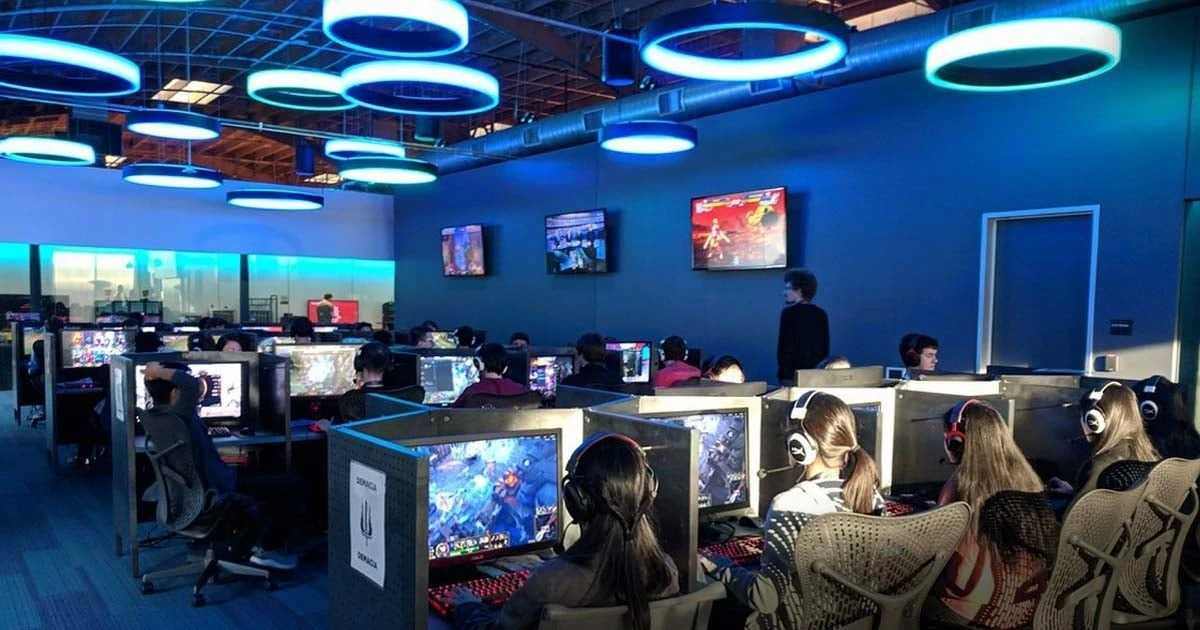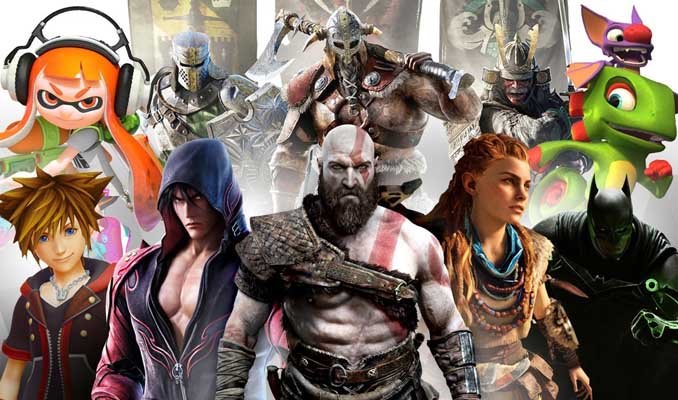When most players think about game art, they picture high-res textures, epic landscapes, and lifelike characters. But what they don’t see is how early art direction decisions often shape the gameplay itself. In AAA game development, visuals aren’t just decoration, they’re part of the design system. The relationship between what you see and how you play starts long before a single line of code is written.
This blog explores how art direction isn’t just about creating stunning visuals. It’s about crafting playable aesthetics and interactive design decisions that determine how a player moves, feels, and behaves in a game world. And in today’s competitive landscape, professional AAA game art services are helping studios make those decisions earlier and smarter than ever.
Laying the Foundation: The First Art Bible
Before any 3D model is built or animation is rendered, concept artists create what’s known as the Art Bible a visual blueprint for the game. It includes mood boards, color palettes, early sketches, and world-building guidelines.
This document isn’t just for artists, it’s for the entire team. Designers, animators, and engineers rely on it to understand the tone, style, and vibe of the game. That means the early artistic vision directly impacts level layout, player perspective, and even how fast or slow the game feels.

How Color and Shape Influence Player Movement
Ever wonder why you run slower in a horror game, or why bright platforms feel “safer”? It’s not just code, it’s color theory and shape psychology. In AAA games, visual cues are designed to guide the player without obvious signposting.
Early art direction uses lighting and geometry to subconsciously nudge players. Wide open spaces may signal exploration, while claustrophobic hallways raise tension. Professional AAA game art services specialize in creating these visual guideposts, embedding subtle direction into every detail.
The Feedback Loop Between Concept Art and Mechanics
The best games are built through iteration. Sometimes, a stunning concept piece inspires a new gameplay mechanic. Other times, a mechanic demands an art style tweak.
Take Control by Remedy Entertainment. Its brutalist architecture didn’t just shape the environment, it informed gameplay. Enemies explode into swirling dust clouds, echoing the clean, oppressive lines of the building itself. This synergy starts in the concept phase, where artists and designers collaborate closely.
Character Design That Informs Playstyle
What a character looks like impacts what they can do. A bulky soldier might feel powerful but slow. A lithe ninja? Fast but fragile. These perceptions begin in character art and affect every animation, hitbox, and ability.
In God of War Ragnarök, Kratos’ broad frame influences camera distance, combat rhythm, and even enemy scale. This holistic thinking is a hallmark of studios that integrate professional AAA game art services from the start.
Environmental Design as Gameplay Architecture
Environments are more than set dressing; they’re the arenas where gameplay happens. The slope of a hill, the size of a room, or the density of foliage can impact stealth, combat, and exploration.
Games like The Last of Us Part II use environmental storytelling not just for lore, but to influence behavior. A broken door suggests danger. A blood trail leads to loot. These artistic decisions are gameplay decisions.
Animation: Bridging Art and Player Feedback
When a character swings a sword or dodges an attack, the animation timing needs to feel “right.” Too fast, and it’s jarring. Too slow, and it feels unresponsive. These animations aren’t just cosmetic; they affect how players engage with the game’s mechanics.
Art direction determines the motion language of the game. A gritty, realistic world demands grounded, weighty animations. A stylized world allows for exaggerated, fast-paced motion. Either way, the goal is immersion through feedback and it starts at the art table.

UI/UX Design Born from Aesthetic Choices
Menus, HUDs, and inventory screens often take cues from the game’s visual direction. A clean sci-fi interface might feature blue hues and hexagonal icons. A medieval fantasy UI? Expect parchment textures and ornate frames.
But it’s not just about matching themes it’s about enhancing usability. A well-designed UI respects the world and the player. That’s why many studios now bring in professional AAA game art services that specialize in UI/UX art as a core part of the project, not an afterthought.
Cross-Discipline Collaboration From Day One
Historically, art and game design were siloed. Now, they’re fused. Studios that succeed in building immersive AAA experiences embed artists with gameplay designers from the beginning.
This means concept artists attend design sprints. Environment artists test level flow. Technical artists advise on shader use early on. This cross-pollination ensures the game feels cohesive from combat timing to visual feedback to menu navigation.
The Technical Edge: Tools That Bring Concepts to Life
Software like Unreal Engine 5, ZBrush, and Houdini allow artists to visualize their concepts in real-time. Features like Lumen lighting and Nanite geometry have narrowed the gap between concept and implementation.
With these tools, professional AAA game art services can prototype and refine ideas faster. Designers can now playtest visual concepts before committing, which leads to better, data-informed decisions.
Final Thoughts
In the AAA space, visuals do more than impress; they define the experience. Early art direction doesn’t just guide the look and feel. It actively shapes how the game plays, how players respond, and how they remember the journey.
Studios that invest in experienced, adaptable, and deeply collaborative professional AAA game art services stand out in a crowded market. Their games don’t just look good. They feel right. And the results speak for themselves. Just look at Fortnite, a game whose cartoony art style supports everything from stealth gameplay to dance emotes to cross-brand integrations. No wonder people keep asking, how much is Fortnite worth? The answer is tied not just to gameplay, but to an art direction that supports creativity, adaptability, and fun across years of updates.
